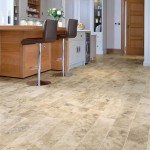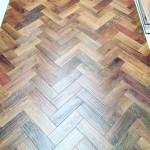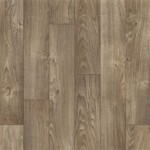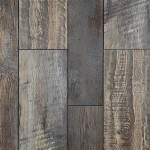Water damaged hardwood floors can be a major challenge for homeowners. The damage can be expensive to fix, and it can be difficult to determine the extent of the damage and the best way to repair it. Fortunately, there are several steps you can take to repair water damaged hardwood floors and restore them to their former glory.
Assessing the Damage
The first step in repairing water damaged hardwood floors is to assess the extent of the damage. If the damage is severe, it may be necessary to hire a professional to assess the damage and develop a plan for repair. If the damage is minor, however, it may be possible to tackle the repair yourself.
When assessing the damage, look for any signs of mold or mildew growth. If there is any evidence of mold or mildew, it is important to take action immediately to prevent further damage. Additionally, check the floor for any signs of warping or cupping. If the floor is warped or cupped, it may need to be replaced.
Removing the Damaged Flooring
Once the extent of the damage has been determined, it is important to remove any damaged flooring. If the damage is minor, it may be possible to simply sand the affected area and refinish the floor. If the damage is more extensive, however, it may be necessary to replace the affected area.
When removing the damaged flooring, it is important to take precautions to avoid further damage. Use a shop vacuum to remove any excess water and use a damp cloth to wipe away any dirt or debris. Additionally, use a pry bar to gently remove any damaged boards and take care to avoid damaging the surrounding flooring.
Repairing the Subfloor
Once the damaged flooring has been removed, it is important to repair the subfloor. If the subfloor is in good condition, it may simply need to be cleaned and dried. If the subfloor is damaged, however, it may need to be replaced or repaired.
If the subfloor is damaged, it is important to replace any rotten or damaged boards and make sure the subfloor is level. If the subfloor is uneven, it may be necessary to add a new layer of plywood to level it out.
Installing the New Flooring
Once the subfloor is repaired, it is time to install the new flooring. If the damage was minor, it may be possible to simply sand and refinish the existing floor. If the damage was extensive, however, it may be necessary to install new hardwood flooring.
When installing new flooring, it is important to use the highest quality materials and follow the manufacturer’s instructions carefully. Additionally, use a damp cloth to wipe away any debris or dirt and make sure the floor is level. Lastly, use a sealant to protect the floor from further water damage.
Caring for the Floor
Once the new flooring has been installed, it is important to take steps to protect it from further damage. Regularly dust mop and vacuum the floor to prevent dirt and debris from accumulating. Additionally, use doormats and area rugs to protect the floor from dirt and spills. Lastly, use a sealant to protect the floor from moisture and regular maintenance to keep it looking its best.












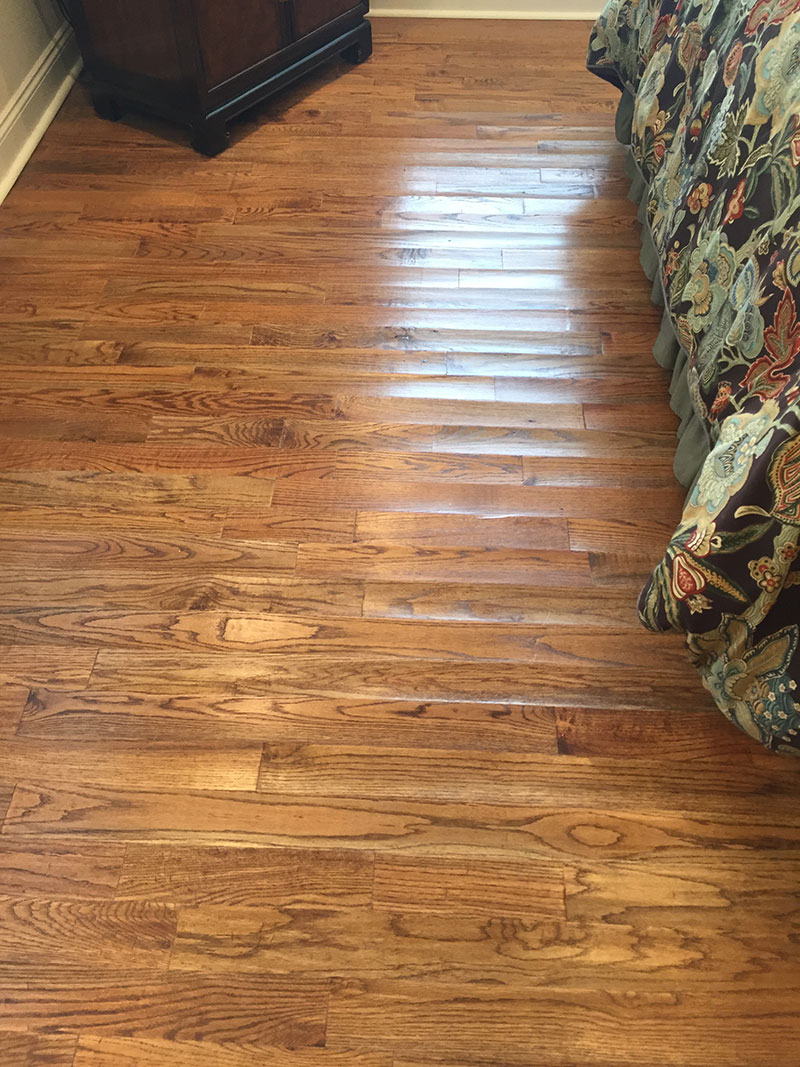


Related Posts


